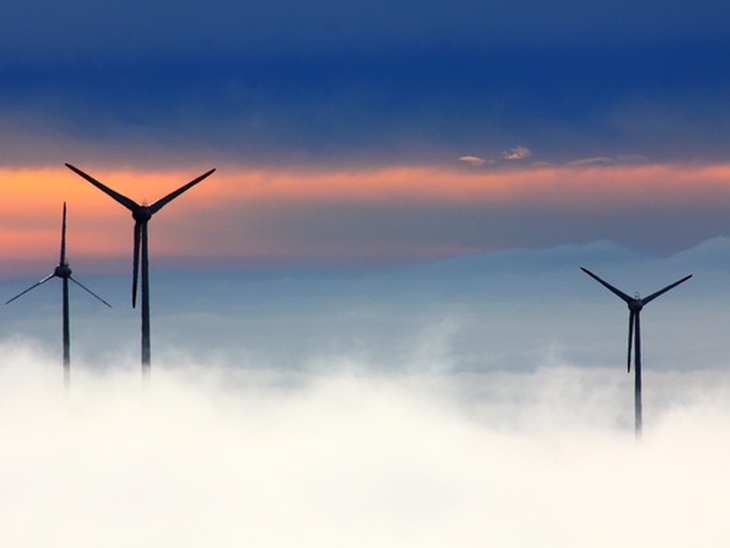
T&B Petroleum/Press Office Datagro

Brazil closed the year 2018 with 45.3% of the energy matrix being supplied by renewable sources, with growth of 2.3 pp over the result of 2017, according to data from the National Energy Balance, cycle 2019, prepared by the Research Company (EPE), in partnership with the Ministry of Mines and Energy (MME).
The renewable source with the highest growth in the last year was wind energy, with a 14.4% increase, followed by hydraulics, with 4.1% and, subsequently, bioenergy, with 2.4%.
The document also confirms that, by volume, the expansion of renewable sources was 4.3 million tons of oil equivalent (toe), with hydroelectric power at 33%. In the electricity supply matrix, renewable sources increased 2.8 percentage points in participation, from 80.5% in 2017 to 83.3% in 2018. In the renewable energy indicator for 2018, %, bioenergy (8.5%), wind (7.6%) and solar (0.5%).
Also according to the research, Brazil reduced the emission of polluting gases. In 2018, the country consumed 2% of the world's energy (288.4 million TEP) and emitted 410.6 million tons of carbon dioxide (CO2), which means a CO2 emission of 39% less than the world average and 36% lower than that of developed countries. The conclusion is that the comparative advantages of Brazil in relation to the world in terms of emissions of particles by the use of energy are excellent, consequence of an energy matrix with high proportion of clean energy.
The balance also shows that, in terms of sectoral energy use, industrial consumption fell sharply in 2018, by 4.8%, followed by a decrease of 0.8% in transport. The consumption of the energy sector (10.3%), due to a 20% increase in ethanol production, increased residential consumption (1.1%), services (1%), and agriculture (0.1%). %).
In terms of energy consumption by source, there were decreases: petroleum by-products, with -6.1% and solid bioenergy (-1.9%) - strong decrease in the use of sugarcane bagasse for sugar production. There were increases: biodiesel, with 26%; ethanol (13.5%); natural gas (6.4%); coal and derivatives (2.2%); and electricity (1.5%).

Contact us
2